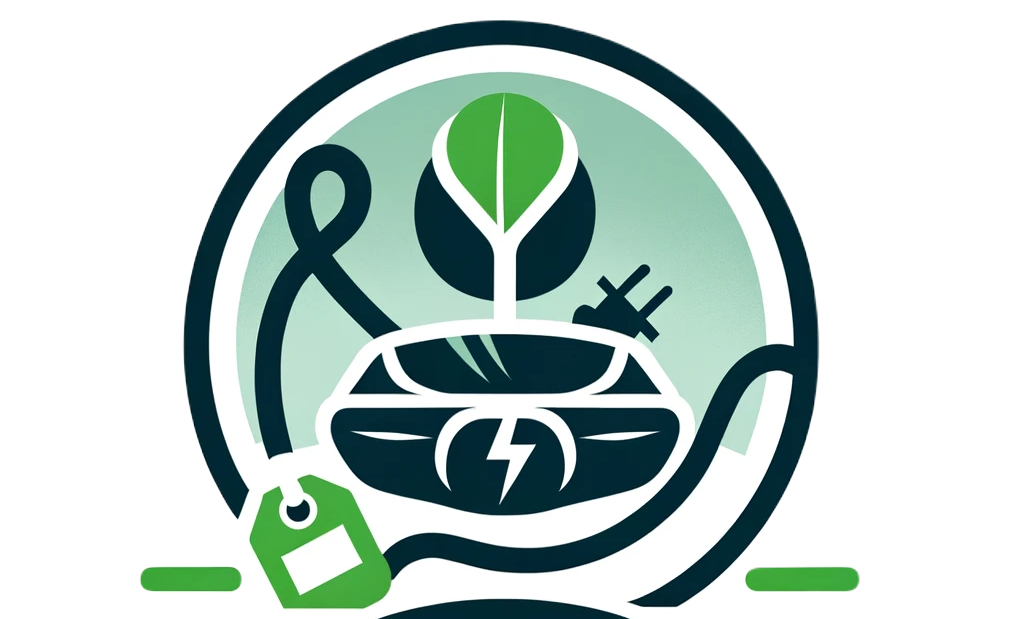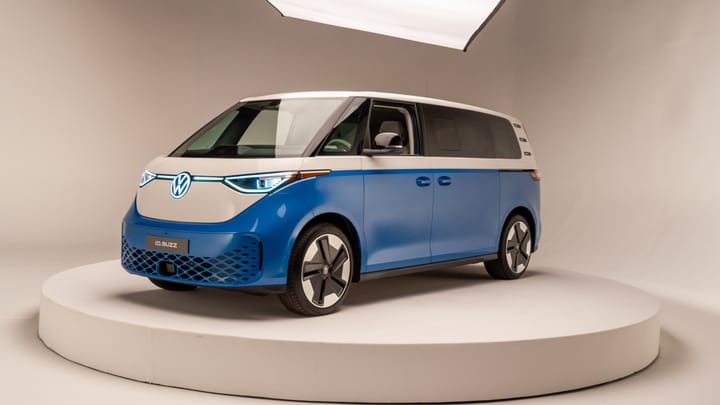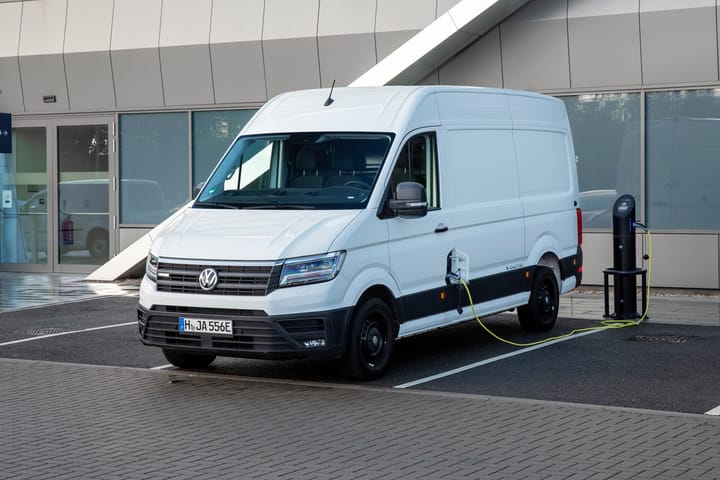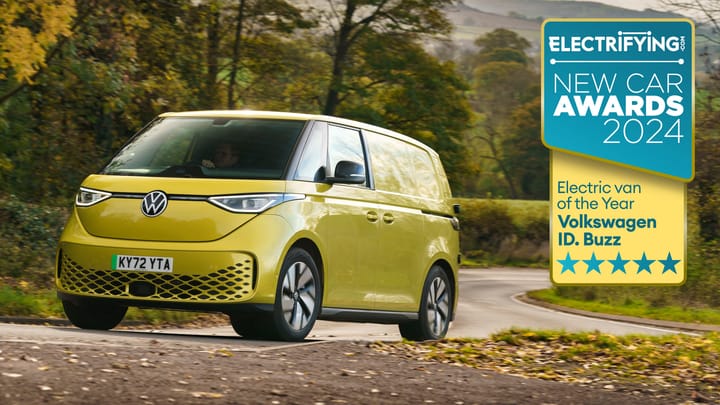Table Of Contents
Understanding Volkswagen Leasing Options
Volkswagen ID.5 Model Overview
Leasing the Volkswagen ID.5
Additional Resources and Customer Insights
FAQ
Navigating the world of electric vehicle leasing can be a complex journey, especially with the myriad of options available. The Volkswagen ID.5, with its sleek design and advanced features, stands out as a compelling choice for those considering a two-year, 24-month lease. This guide aims to demystify the leasing process, from understanding Volkswagen's financial services to comparing the ID.5 with other models, and exploring the long-term considerations of leasing an electric vehicle (EV).
TLDR
- Explore the benefits and procedures of Volkswagen Financial Services for leasing.
- Discover the unique features and financial considerations of leasing the Volkswagen ID.5.
- Compare lease deals and incentives for the ID.5 against other Volkswagen models.
- Gain insights from customer reviews and compare the ID.5 lease with other EV models in the market.
Enhancing Engagement and Sustainability in Electric Vehicle Leasing
When considering the leasing of electric vehicles (EVs) like the Volkswagen ID.5, two critical concepts emerge as game-changers for both the consumer experience and the environmental impact: the psychological concept of "flow" and the principles of sustainable development. These concepts not only enrich the leasing journey but also align with broader goals of well-being and environmental stewardship.
Flow in the Leasing Experience
The concept of "flow," a state of deep immersion and enjoyment in activities, can significantly enhance the customer engagement process. By applying flow principles, Volkswagen Financial Services can create a leasing experience that is both seamless and rewarding. For instance, providing clear, achievable goals and immediate feedback during the leasing process can help customers experience a sense of accomplishment and control. This approach not only improves customer satisfaction but also boosts performance by making the process more intuitive and less stressful.
"Achieving flow contributes to happiness and peak performance... Teachers can also positively influence the classroom atmosphere to foster more opportunities for flow." - PositivePsychology.com
Sustainable Development in EV Leasing
Integrating sustainable development principles into EV leasing practices offers a pathway to long-term success and a reduced environmental footprint. By focusing on the three pillars of sustainability—economic, environmental, and social—Volkswagen can optimize its operations while promoting social equity and minimizing ecological impact. For example, investing in renewable energy sources for charging stations and implementing circular economy practices in vehicle manufacturing and maintenance can significantly reduce the carbon footprint of leased EVs.
- Economic: Cost savings through energy-efficient technologies.
- Environmental: Reduced carbon footprint with renewable energy sources.
- Social: Enhanced well-being of communities through cleaner transportation options.
The potential benefits of these integrations are profound, ranging from cost savings and improved company reputation to the conservation of natural resources and the promotion of a more sustainable future.
"By integrating these principles, companies can benefit from long-term success through cost savings, improved reputation, and reduced environmental impact." - Greenly.earth
In conclusion, by fostering a leasing experience that encourages flow and integrating sustainable development principles, Volkswagen can not only enhance customer engagement and satisfaction but also contribute to the global goals of sustainability and environmental responsibility.
FAQ
What is the main topic of the article?
The article primarily focuses on the advancements in renewable energy technologies and their impact on global energy systems.
How are renewable energy technologies changing the global energy landscape?
Renewable energy technologies are significantly reducing dependence on fossil fuels, decreasing carbon emissions, and promoting sustainable energy solutions worldwide.
What are some examples of renewable energy technologies mentioned in the article?
The article highlights solar power, wind energy, hydroelectric power, and emerging innovations in geothermal and tidal energy as key examples.
What challenges are associated with the adoption of renewable energy technologies?
Challenges include high initial investment costs, technological limitations in energy storage, and the need for infrastructure development to support widespread adoption.
How is the global community addressing these challenges?
Governments and private sectors are investing in research and development to improve technology efficiency, reduce costs, and create policies that encourage renewable energy use.
What role do individuals play in the transition to renewable energy?
Individuals can contribute by adopting energy-efficient practices, supporting green energy initiatives, and making informed choices about their energy consumption and sources.
What are the environmental benefits of transitioning to renewable energy?
Transitioning to renewable energy reduces greenhouse gas emissions, decreases air and water pollution, conserves natural resources, and supports biodiversity.
Can renewable energy technologies meet the world's energy demands?
Yes, with continuous advancements and investments, renewable energy technologies have the potential to meet and even exceed global energy demands sustainably.
What future trends in renewable energy technologies are discussed in the article?
The article discusses trends such as the integration of artificial intelligence in energy systems, advancements in battery storage solutions, and the potential of green hydrogen as a fuel source.
How does the article suggest individuals can stay informed about renewable energy advancements?
It suggests following reputable news sources, participating in community initiatives, attending relevant educational events, and engaging with online platforms dedicated to renewable energy topics.




